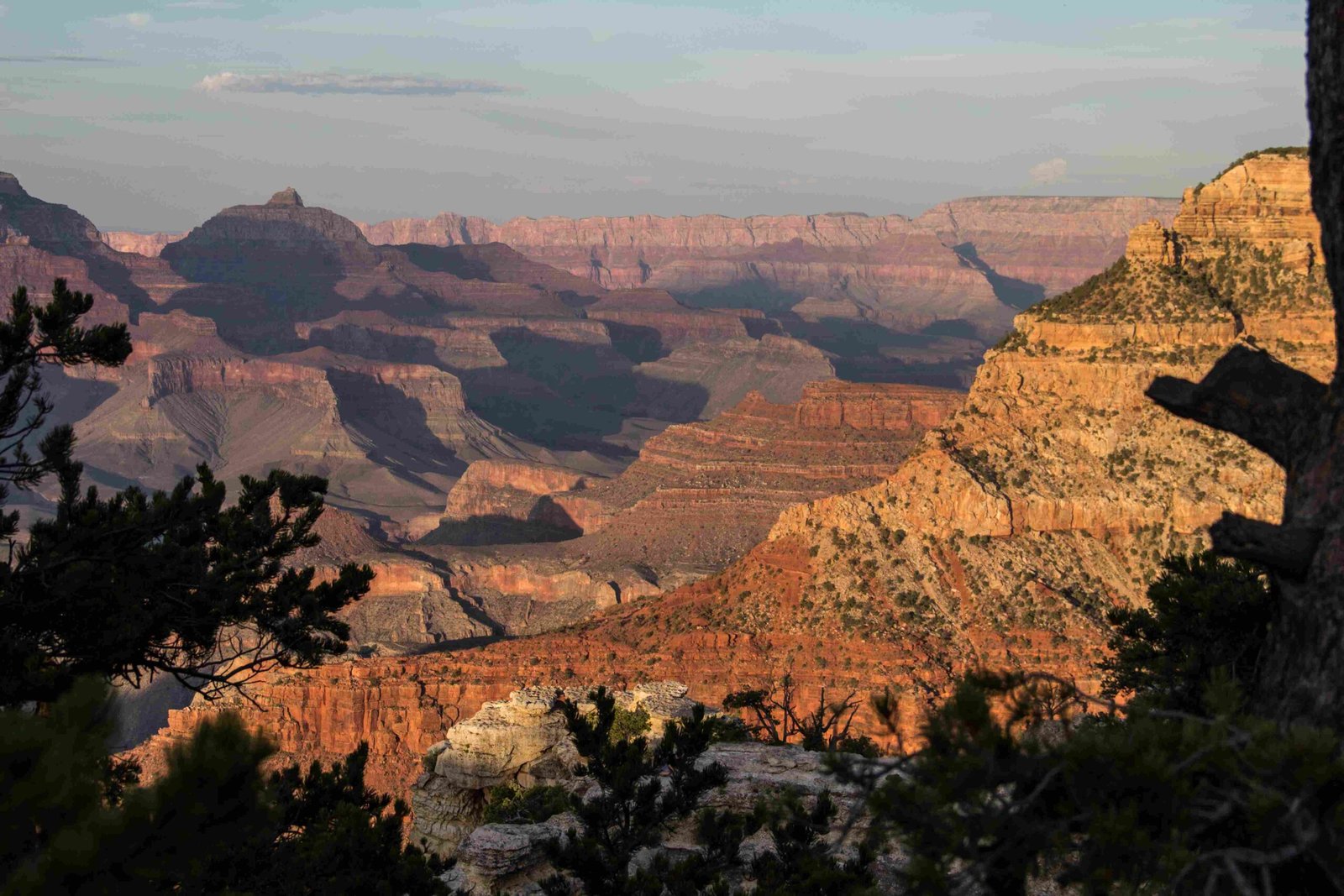The Grand Canyon represents a remarkable geological narrative of formation during the Cenozoic era, where the Colorado River’s persistent erosion carved a breathtaking landscape through complex geological processes. Spanning approximately 6 million years, this natural wonder emerged through intricate interactions of climate, river dynamics, and volcanic activities, revealing a stunning record of Earth’s transformative geological history.
What Geological Evidence Supports the Grand Canyon’s Cenozoic Origin?

The Grand Canyon’s formation during the Cenozoic era is substantiated by multiple compelling geological indicators:
Key Geological Markers
| Geological Evidence | Time Period | Significance |
|---|---|---|
| Colorado River Erosion | 66 million years ago | Primary carving mechanism |
| Volcanic Lava Flows | 6-2 million years ago | Plateau formation |
| Sedimentary Deposits | Late Cenozoic | Landscape transformation |
How Did the Colorado River Contribute to Canyon Formation?
The Colorado River played a pivotal role in Grand Canyon’s creation through:
- Continuous Erosion: Persistent water flow cutting through rock layers
- Asymmetrical Carving: Rapid vertical erosion with minimal horizontal expansion
- Snow-Fed Water Source: Consistent water supply enabling long-term geological transformation
What Specific Geological Processes Shaped the Grand Canyon?
Several interconnected processes contributed to the Grand Canyon’s development:
- River Erosion
- Gradual rock layer removal
- Creating steep canyon walls
-
Exposing 2,400 to 5,000 feet of geological strata
-
Volcanic Activity
- Lava flows on Shivwits and Uinkaret plateaus
- Cinder cone formations
-
Geological landscape modifications
-
Climate Influence
- Arid environment minimizing lateral erosion
- Preservation of rock layer integrity
- Enabling vertical canyon development
What Rock Layers Represent the Cenozoic Period?
Cenozoic rock layers are relatively limited but significant:
- Western Grand Canyon Sediments
- Lake bed deposits
- Volcanic rock formations
-
Recent geological additions
-
Plateau Volcanic Layers
- Lava flows dating 6 million years
- Cinder cone developments
- Geological landscape transformations
Why Is the Grand Canyon’s Cenozoic Formation Unique?
The Grand Canyon’s Cenozoic formation stands out due to:
- Rapid geological transformation
- Minimal vegetation interference
- Continuous erosional processes
- Preservation of extensive geological history
Conclusion

The Grand Canyon emerged as a quintessential Cenozoic geological marvel, representing a complex interplay of erosional forces, volcanic activities, and climatic conditions that sculpted one of Earth’s most remarkable landscapes.

